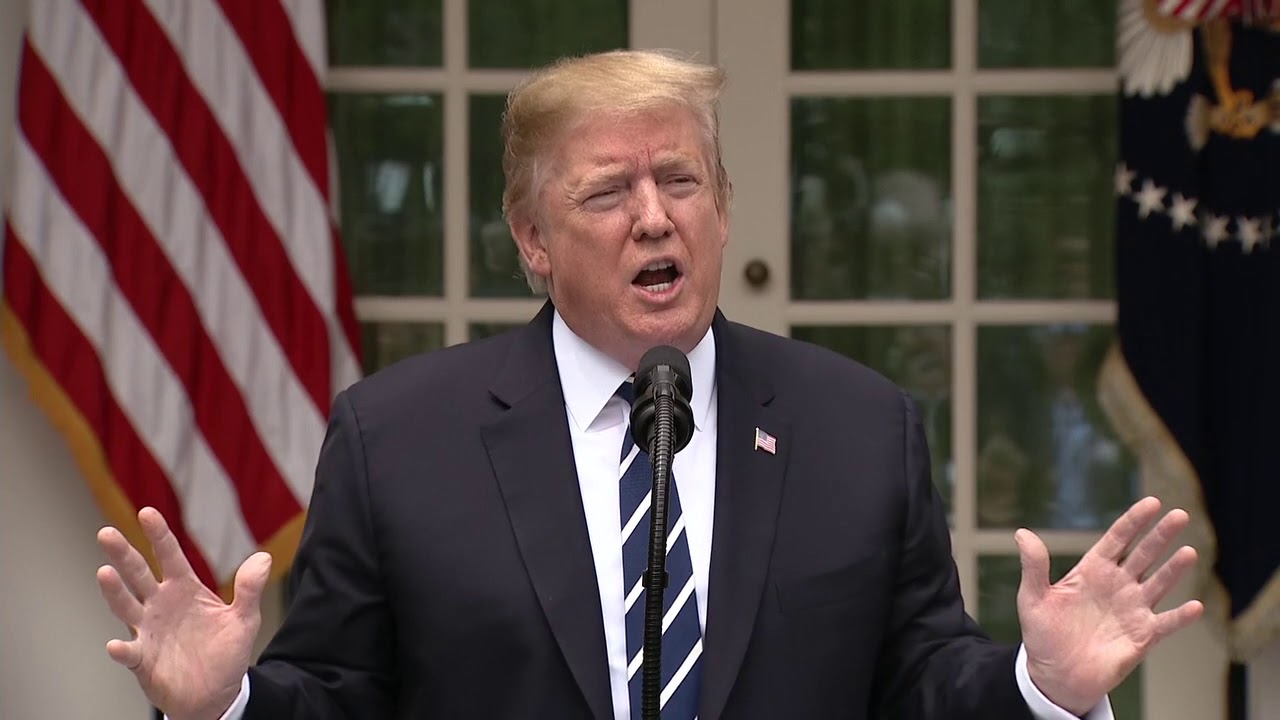President Trump just sent a shockwave through the global economy with his latest move—reciprocal tariffs. In classic Trump fashion, he didn’t just roll out a policy—he made it an event. Taking to Truth Social early Thursday morning, he posted: “THREE GREAT WEEKS, PERHAPS THE BEST EVER, BUT TODAY IS THE BIG ONE: RECIPROCAL TARIFFS!!! MAKE AMERICA GREAT AGAIN!!!”
And just like that, the world took notice.
The idea behind reciprocal tariffs is simple: if a country charges a tariff on American goods, the U.S. will match it with an equal tariff on their exports. No more free rides for nations that exploit America’s open markets while protecting their own industries. Trump has long argued that foreign governments—China, Europe, even so-called allies—have been ripping off the United States for decades with unfair trade barriers. Now, he’s leveling the playing field.
Hours after the announcement, Trump followed up with another post, hyping his 1:00 p.m. Oval Office press conference, where he laid out the details. The big takeaway? America isn’t just talking tough on trade—it’s taking action.
What’s in the Tariff Plan?
Trump’s latest move doesn’t just stop at reciprocal tariffs. He’s bringing back the 25% tariff on steel and aluminum imports, citing national security concerns and the need to protect American industry. These tariffs will go into effect on March 12, 2025, targeting any country flooding the U.S. market with cheap metals.
“This is something he believes strongly in, and it’s very simple logic,” White House Press Secretary Karoline Leavitt said. “Other nations have been ripping off the U.S., and that’s why the president believes this will be a great policy that will benefit American workers and improve our national security.”
America First, Trade Second
Trump isn’t just reviving his trade war tactics from his first term—he’s expanding them. The administration has hinted that countries willing to negotiate fairer deals may receive exemptions. But make no mistake: this is a power move.
For years, globalists have insisted that tariffs are bad for consumers, but let’s be honest—what’s worse? A slightly higher price tag at Walmart, or millions of American jobs being shipped overseas while China bankrolls its military with our trade deficit?
Trump’s message is clear: If they charge us, we charge them. And judging by the media’s panic, you know it’s a winning move.


Leave a Comment